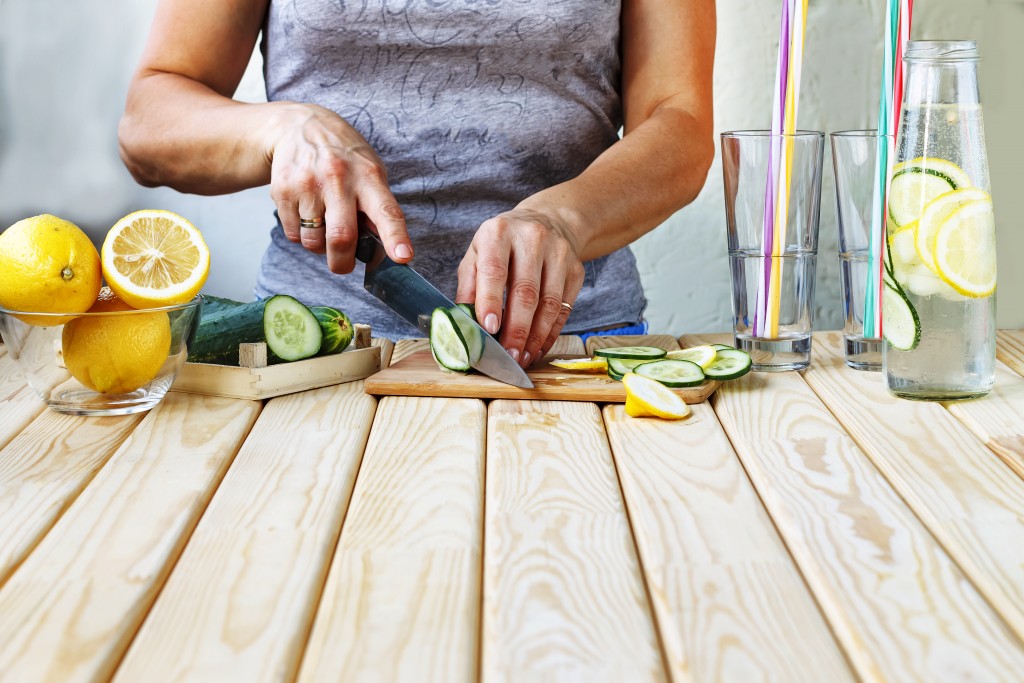- In the U.S., water contamination carries serious health risks, including gastrointestinal, skin infections, and respiratory problems.
- Neurotoxic substances in polluted water can cause neurological disorders and cognitive impairments, especially in children.
- Renal failure can result from consuming water polluted with harmful substances like pesticides.
- Protecting oneself from contaminated water involves testing water quality, using water filtration systems, and boiling water before use.
- Practicing good hygiene habits when handling food and drink further reduces the risk of ingesting waterborne contaminants.
Access to clean, potable water is a fundamental right, but sadly, not everyone around the globe enjoys this privilege. Water pollution is a growing problem worldwide, posing significant risks to human health. Polluted water can be a silent killer, causing ailments from skin infections, gastrointestinal disorders, and severe illnesses like cancer. Surprisingly, many people know the dangers but lack knowledge of the specifics. Here’s what you need to know about contaminated water in the U.S., how it can affect you, and how to ensure that the water you’re drinking is safe.
Water Contamination in The U.S.

It’s been found that about half of tap water in the U.S. is contaminated with chlorine and other chemicals, lead, and bacteria that are potentially hazardous to your health. Many contaminants can’t be seen, smelled, or tasted in the water itself – you won’t even know they’re there until it’s too late. Some of the most common sources of water contamination in the U.S. come from agricultural runoff, industrial waste, and even sewage.
Health Effects of Contaminated Water
Contaminated water has been linked to a variety of health problems. Here are some of them:
1. Gastrointestinal Infections
When you consume water contaminated by microorganisms like bacteria, viruses, and parasites, your gastrointestinal system provides a conducive environment for them to thrive. You may experience diarrhea, abdominal cramps, vomiting, and dehydration. Sometimes, these infections can be severe and even lead to death in underserved areas with limited access to healthcare.
2. Skin Infections
The skin is your body’s first line of defense against diseases but is also prone to infections. When you come into contact with polluted water containing pathogens, your skin can quickly become infected. This can cause itching, rash, redness, and lesions. Some of the most commonly affected areas include your feet, groin, and hands. Wounds can also become infected, leading to potentially dangerous complications like sepsis.
3. Neurological Disorders
Water pollution is often associated with neurotoxic substances like lead, mercury, and arsenic. These poisonous substances can damage your nervous system, leading to cognitive decline, behavioral changes, learning disabilities, and developmental delays. Exposure to lead is hazardous for children and infants, as it can interfere with their brain development.
4. Respiratory Problems
Water pollution can trigger respiratory problems when you inhale contaminated water droplets or mist containing pollutants like microplastics, organic matter, and chemicals. This can cause allergies, asthma, lung irritation, and lung cancer. Areas with heavy industrialization and urbanization have high air and water contamination levels, making residents more prone to respiratory problems.
5. Renal Failure
Polluted water can contain various toxic substances that can damage your renal system, leading to renal failure. When your kidneys fail, they’re unable to filter out waste materials. This causes fluid, electrolyte, and acid-base imbalances, leading to severe health issues. Toxins like pesticides, heavy metals, and polycyclic aromatic hydrocarbons are some of the culprits that can cause renal damage.
Ways to Ensure You’re Drinking Clean Water
There are ways you can ensure that your drinking water is safe and free from contaminants. Here are a few:
1. Test Your Water Quality
It’s essential to regularly test your water for bacteria, viruses, heavy metals, and other contaminants. This way, you’ll know the quality of the water you’re consuming and be able to take precautions accordingly. You can do this with a home water testing kit or have the water tested by a professional.
2. Invest in Water Filtration Systems
You must have something to filter your water. That’s why you must invest in a robust home water filtration system. It can filter out contaminants like lead, chlorine, and other toxins. There are many different options available in the market – reverse osmosis, distillation, and ultraviolet light are some of them. Choose one that’s tailored to fit your needs and budget.
3. Boil Your Water
Boiling water is a great way to remove bacteria, viruses, and other contaminants. Boil the water for at least 5 minutes before drinking or cooking. This will kill off harmful microorganisms, making the water safe to consume.
4. Practice Good Hygiene Habits

Practicing good hygiene habits when handling and consuming food and drinks is important. Always wash your hands before you eat or drink, and keep your cooking utensils clean. This will reduce the risk of ingesting any contaminants that may be present in the water.
Water contamination is a significant concern affecting millions of people worldwide, including in the U.S. Understanding the sources of water pollution, its health effects, and preventive measures is vital to ensuring access to clean and safe drinking water. Regular testing and maintaining good hygiene are some practical strategies that individuals can adopt.



